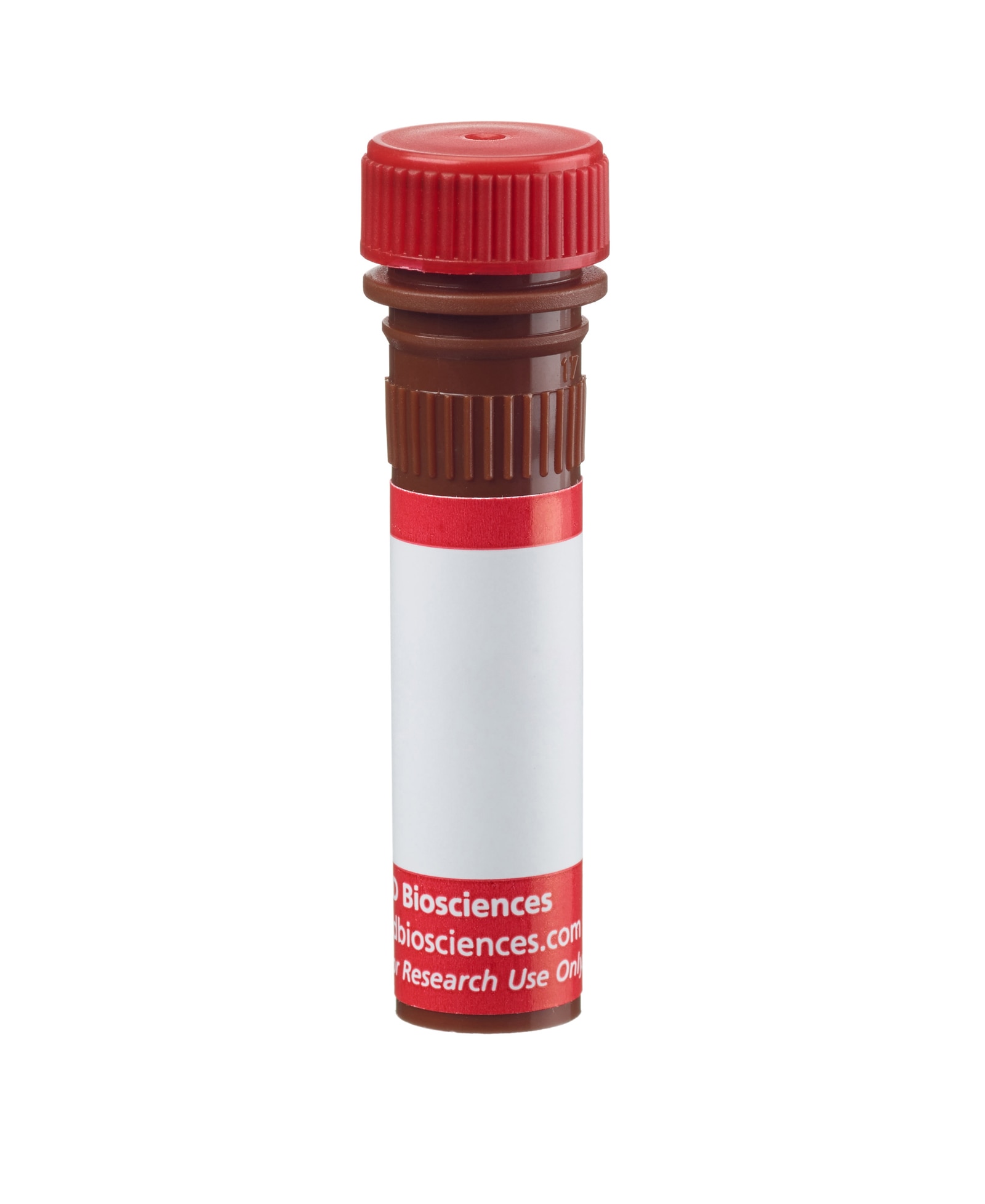-
Training
- Flow Cytometry Basic Training
-
Product-Based Training
- BD FACSDiscover™ S8 Cell Sorter Product Training
- Accuri C6 Plus Product-Based Training
- FACSAria Product Based Training
- FACSCanto Product-Based Training
- FACSLyric Product-Based Training
- FACSMelody Product-Based Training
- FACSymphony Product-Based Training
- HTS Product-Based Training
- LSRFortessa Product-Based Training
- Advanced Training
-
- BD FACSDiscover™ S8 Cell Sorter Product Training
- Accuri C6 Plus Product-Based Training
- FACSAria Product Based Training
- FACSCanto Product-Based Training
- FACSLyric Product-Based Training
- FACSMelody Product-Based Training
- FACSymphony Product-Based Training
- HTS Product-Based Training
- LSRFortessa Product-Based Training
- United States (English)
-
Change country/language
Old Browser
This page has been recently translated and is available in French now.
Looks like you're visiting us from {countryName}.
Would you like to stay on the current country site or be switched to your country?




Analysis of EGF Receptor (pY845) in human epidermoid carcinoma. A-431 cells were either treated for 30 minutes with EGF (Cat. No. 354052 or 356052, shaded histogram) or untreated (open histogram). The cells were fixed (BD Cytofix™ buffer, Cat. No. 554655) for 10 minutes at 37°C, then permeabilized (BD Phosflow™ Perm Buffer III, Cat. No. 558050) on ice for 30 minutes, and then stained with Alexa Fluor® 647 Mouse anti-EGF Receptor (pY845). Flow cytometry was performed on a BD FACSArray™ bioanalyzer system.


BD™ Phosflow Alexa Fluor® 647 Mouse anti-EGF Receptor (pY845)

Regulatory Status Legend
Any use of products other than the permitted use without the express written authorization of Becton, Dickinson and Company is strictly prohibited.
Preparation And Storage
Product Notices
- This reagent has been pre-diluted for use at the recommended Volume per Test. We typically use 1 × 10^6 cells in a 100-µl experimental sample (a test).
- Alexa Fluor® 647 fluorochrome emission is collected at the same instrument settings as for allophycocyanin (APC).
- Alexa Fluor® is a registered trademark of Molecular Probes, Inc., Eugene, OR.
- The Alexa Fluor®, Pacific Blue™, and Cascade Blue® dye antibody conjugates in this product are sold under license from Molecular Probes, Inc. for research use only, excluding use in combination with microarrays, or as analyte specific reagents. The Alexa Fluor® dyes (except for Alexa Fluor® 430), Pacific Blue™ dye, and Cascade Blue® dye are covered by pending and issued patents.
- Source of all serum proteins is from USDA inspected abattoirs located in the United States.
- Caution: Sodium azide yields highly toxic hydrazoic acid under acidic conditions. Dilute azide compounds in running water before discarding to avoid accumulation of potentially explosive deposits in plumbing.
- For fluorochrome spectra and suitable instrument settings, please refer to our Multicolor Flow Cytometry web page at www.bdbiosciences.com/colors.
- Please refer to www.bdbiosciences.com/us/s/resources for technical protocols.
Epidermal Growth Factor (EGF) elicits a variety of cellular responses that are initiated by EGF Receptor (EGFR) binding and activation of intrinsic tyrosine kinase activity. EGFR, also known as ErbB1 or HER1, is a member of the ErbB class of receptor protein tyrosine kinases. It has an extracellular ligand-binding domain, a single transmembrane region, and a cytoplasmic region containing a protein tyrosine kinase domain and a c-terminal regulatory domain with many phosphorylation sites. Following ligand binding, EGFR forms homodimers and heterodimers with ErbB2. Specific C-terminal tyrosine residues are then autophosphorylated and, in turn, bind to adaptor proteins, kinases, or protein tyrosine phosphatases. In addition, c-Src-dependent phosphorylations at other sites, such as tyrosine 845 (Y845) in the kinase domain, regulate the receptor's kinase activity. Inappropriate expression or mutations of EGFR and/or deregulation of its signaling pathways are associated with many types of cancer, making EGFR a promising target for cancer therapies.
The 12A3 monoclonal antibody recognizes the phosphorylated Y845 in the protein tyrosine kinase domain of human EGFR.
Development References (7)
-
Biscardi JS, Maa ME, Tice DA, Cox ME, Leu TH, Parsons SJ. c-Src-mediated phosphorylation of the epidermal growth factor receptor on Tyr845 and Tyr1101 is associated with modulation of receptor function. J Biol Chem. 1999; 274(12):8335-8343. (Biology).
-
Boerner JL, Demory ML, Silva C, Parsons SJ. Phosphorylation of Y845 on the epidermal growth factor receptor mediates binding to the mitochondrial protein cytochrome c oxidase subunit II. Mol Cell Biol. 2004; 24(16):7059-7071. (Biology).
-
Hristozova T, Konschak R, Budach V, Tinhofer I. A simple multicolor flow cytometry protocol for detection and molecular characterization of circulating tumor cells in epithelial cancers. Cytometry A. 2012; 81A(6):489-495. (Clone-specific: Flow cytometry). View Reference
-
Mendelsohn J, Baselga J. Status of epidermal growth factor receptor antagonists in the biology and treatment of cancer. J Clin Oncol. 2003; 21(14):2787-2799. (Biology).
-
Moro L, Dolce L, Cabodi S, et al. Integrin-induced epidermal growth factor (EGF) receptor activation requires c-Src and p13Cas and leads to phosphorylation of specific EGF receptor tyrosines. J Biol Chem. 2002; 277(11):9405-9414. (Biology).
-
Olayioye MA, Neve RM, Lane HA, Nynes NE. The ErbB signaling network: receptor heterodimerization in development and cancer. EMBO J. 2000; 19(13):3159-3167. (Biology).
-
Wu W, Graves LM, Gill GN, Parsons SJ, Samet JM. Src-dependent phosphorylation of the epidermal growth factor receptor on tyrosine 845 is required for zinc-induced Ras activation. J Biol Chem. 2002; 277(27):24252-24257. (Biology).
Please refer to Support Documents for Quality Certificates
Global - Refer to manufacturer's instructions for use and related User Manuals and Technical data sheets before using this products as described
Comparisons, where applicable, are made against older BD Technology, manual methods or are general performance claims. Comparisons are not made against non-BD technologies, unless otherwise noted.
For Research Use Only. Not for use in diagnostic or therapeutic procedures.
Report a Site Issue
This form is intended to help us improve our website experience. For other support, please visit our Contact Us page.